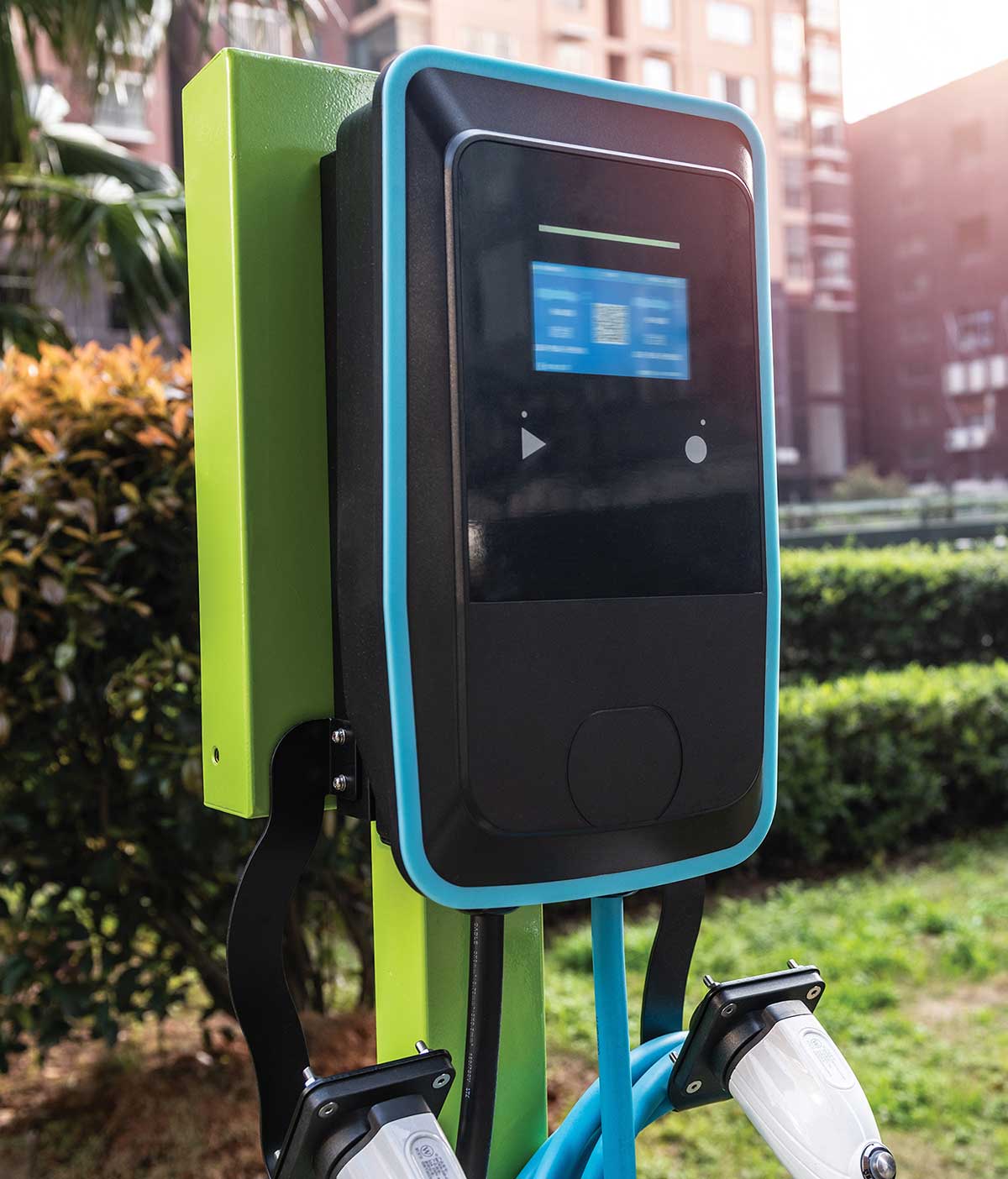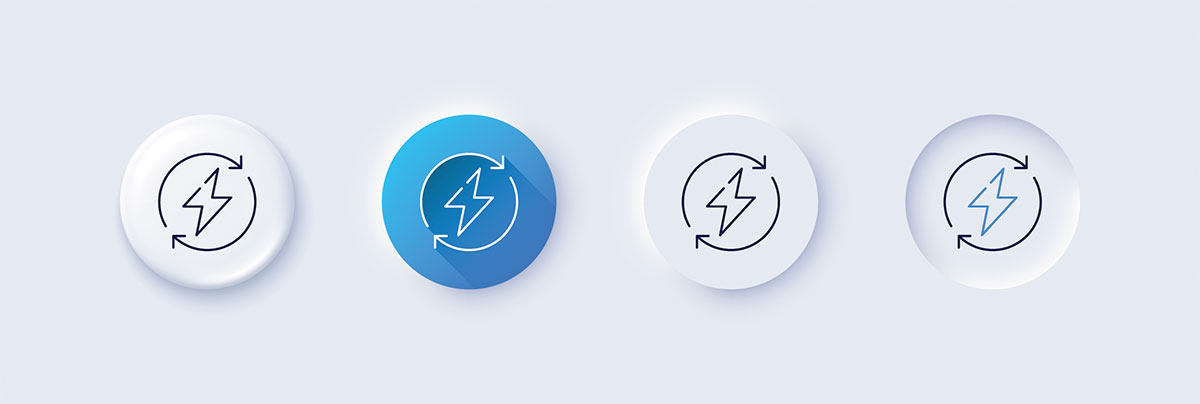EV charging stations, “Charge Points” (after the ChargePoint brand), “Level 1/2/3” Chargers, Superchargers, DC Fast Chargers, CCS Combo Systems, and SAE J1772 Connectors, all refer to Electric Vehicle Supply Equipment or EVSE. EVSE includes the Electric Vehicle Charging components from the grid connection to the vehicle, not including those portions onboard the vehicle. Per Article 625 of NFPA 70, all such EVSE must be listed or labeled. So, understanding some of the less common architectures can help us to understand to which standard or standards these systems may be listed, and how to tell the difference.
By Rich Byczek, Global Technical Director, Transportation Technologies
Core EVSE listing standards are well established. For AC pass-through charging stations, the primary system is listed according to ANSI/UL 2594 (Electric Vehicle Supply Equipment). For off-board DC charging, we rely on ANSI/UL 2202 (Electric Vehicle (EV) Charging System Equipment). Any of these systems perform a modified ground-fault circuit interrupt function, with the related safety components complying to ANSI/UL 2231-1/-2 (Personnel Protection Systems for Electric Vehicle (EV) Supply Circuits). These safety circuits are modified from a standard ANSI/UL 943 device to prevent excessive nuisance tripping during overnight charging events.
For most passenger vehicles, the automotive industry’s SAE J1772 standard defines the charging protocol and coupler design and must comply to ANSI/UL 2251 (Plugs, Receptacles, and Couplers for Electric Vehicles). ANSI/UL 2251 does not specify the J1772 form factor, so variations may occur, such as the Tesla coupler. In any case, these connection systems must not only be rated for power transfer, but must include the protocol-specific handshaking, interlock, and communication features.
For energy management or emergency purposes, the EVSE may incorporate vehicle-to-grid function, where the combination of charging and grid-tied inverter requirements may be evaluated as part of the EVSE under UL Subject 9741 (Bidirectional Electric Vehicle (EV) Charging System Equipment).
Batteries may also be incorporated with EVSE to allow for stand-alone usage, or when short-term output charging power exceeds that of the source. The battery system must also be evaluated, typically according to ANSI/UL 9540 (Energy Storage Systems) for battery inverter systems or ANSI/UL 1973 (Batteries for Use in Stationary, Vehicle Auxiliary Power and Light Electric Rail (LER) Applications) for the battery itself. Depending on the battery capacity, installation location, and portability, the installation may need to meet the requirements of NFPA 855 (Installation of Stationary Energy Storage Systems).
Multiplexed EVSE arrays have become more common, as might be found in a parking garage. These are cases where the total of all available EVSE at a given location may exceed the capacity of the supply. While the individual EVSE are listed as above (and may include one or more types, brands, or protocols), the multiplexing function and distribution equipment must typically comply with ANSI/UL 916 (Energy Management Equipment).
Commercial vehicle charging applications may utilize proprietary protocols and coupling systems. While the primary energy delivery or conversion must comply with the appropriate AC or DC EVSE standard, the coupling mechanism may not be within the scope of ANSI/UL 2251. In such cases, couplers must comply with a combination of ANSI/UL 2251 and a ratings-appropriate interconnect standard, such as ANSI/UL 1977 (Component Connectors for Use in Data, Signal, Control and Power Applications.) An example would be a pantograph system for electric buses, similar to electric rail couplers. These must comply with the appropriate interconnect standard but must also incorporate the EV-specific safety features from UL 2251.
While micro-mobility devices, such as electric bicycles, hoverboards, and rideshare scooters may be referred to as “Electric Vehicles,” they generally rely on more traditional battery charging methods and power levels. While these may utilize EVSE, typically they will be charged either through a direct AC or DC power supply connection or dedicated charger (listed according to various ratings-appropriate standards such as ANSI/UL 1310, 1012, 60950-1, or 62368-1), these may also utilize some of the custom features noted here. These include multiplexed charging kiosks, integrated battery storage, or other custom charging protocols.
While passenger vehicles and single-output EVSE have well-defined installation conditions and safety standards, custom applications and non-passenger vehicle public charging systems will need to be evaluated as a sum of the various components, and not typically addressed in only one listing standard. Many of these examples require custom one-time installations and may be field labeled according to the combination of the various standards noted here.















Find Us on Socials